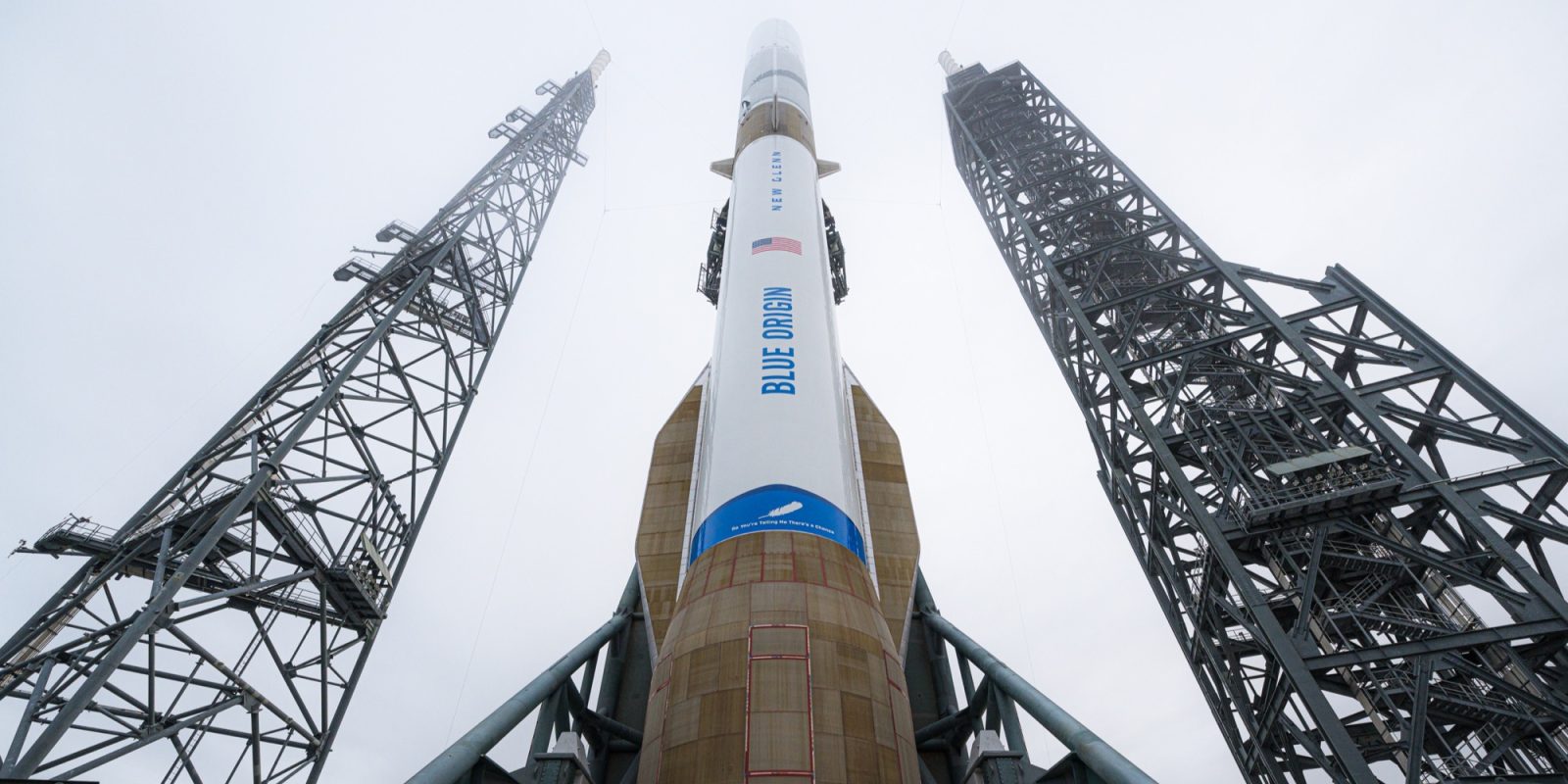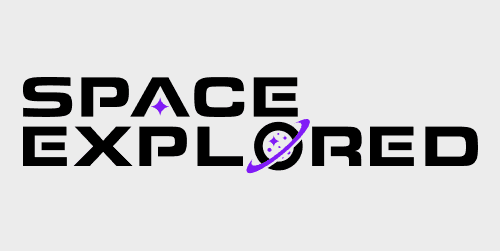
After lobbying the option into existence, Blue Origin has finally been awarded launches under the Space Force‘s National Security Space Launch Phase 3 Lane 2 contract. The New Glenn has only launched once so far, and we’re still awaiting word on when and what the rocket’s second launch will be.
In what was one of the more expected announcements by the Space Force, the branch announced it has selected SpaceX, ULA, and Blue Origin to provide launch services to the NSSL program under its Lane 2 contracts. SpaceX took the majority away from ULA, with the companies being awarded $5.9 billion and $5.4 billion in contracts, respectively. Meanwhile, Blue Origin, the newly added third provider, was awarded $2.4 billion worth of launches.
In total, the three launch providers will conduct 54 launches between 2025 and 2029 for the Department of Defense and the nation’s national security agencies.
NSSL Phase 3 Lane 2 contracts are the strictest and most demanding class of launch contracts the DoD has to offer. They require a specific amount of reliability, mass performance, and payload space for a rocket to qualify. The Space Force also requires integrated teams with the launch providers to ensure successful operations with sensitive payloads.
The Space Force offers a Lane 1 program that accepts more risk for cheaper flights for smaller, less nationally important missions. Companies like Rocket Lab and Firefly can benefit from these launch contracts even though their rockets will never meet the Lane 2 requirements.
The sort of missions that Lane 2 is expected to launch include signal and visual intelligence (spy satellites), communications, missile detection, and GPS satellites. Most of these missions will be classified, with payload specifics and orbital parameters hidden from the public.
In recent years, the Space Force has only selected two awardees for its coveted bulk buy contracts. Companies and rockets can live or die by the outcomes of these awards. After the Phase 2 awards, Northrop Grumman canceled its OmegA rocket, and Blue Origin delayed its debut of the New Glenn by over a year due to not winning any launches.
Blue Origin went to Congress to help improve its chances of gaining a spot in the Phase 3 awards, successfully lobbying to force the Space Force to choose three providers instead of two for Lane 2 contracts.
The extra slot does offer an added layer of redundancy in case, like we’ve seen in recent years, one or more companies have grounded rockets, incapable of launching NSSL payloads.
As of now, the New Glenn isn’t certified to launch these missions like SpaceX’s Falcon 9/Heavy and ULA’s Vulcan, but future launches will allow Blue Origin to obtain that certification.
As of right now, there is no word from Blue Origin as to when it will launch its next New Glenn rocket.
Recently the FAA closed its mishap investigation of its first New Glenn launch back in January. The agency stated that Blue Origin identified seven corrective actions, some of which pertain to the propulsion system. However, the company did not disclose details about what specifically went wrong during New Glenn’s landing attempt, other than that the booster was unable to relight its engines.
The first launch of New Glenn was an overall success if you don’t include the expected missed at-sea landing. Blue Origin has a handful of other launches it wishes to complete this year, including test demonstrations for the company’s Blue Moon lunar lander and a batch of Amazon Kuiper satellites.
Blue Origin states the next New Glenn launch could take place this spring; we’ll just have to wait for specifics.
FTC: We use income earning auto affiliate links. More.



Comments